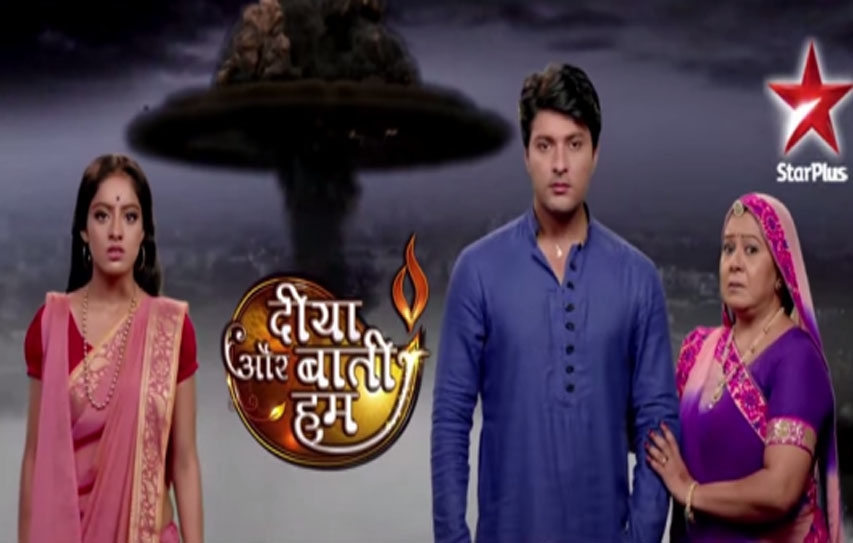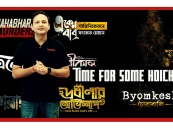
LOOK, BHABHO’S IN A GHAGHRA CHOLI
by Piroj Wadia February 4 2016, 10:10 pm Estimated Reading Time: 3 mins, 10 secsBy and large, the ‘powers that be for television’ have created a grid for how women should be portrayed in soaps. Placed in a box with a uniform dress code, it is women in saris, ghagra cholis, and the ubiquitous ghungat over the head, mangalsutra, and jewellery. To the point of looking absurd the actors allow themselves to be overdressed in scenes of cooking, dishwashing and even at bedtime? Nobody wears nighties to bed nor do they wear a simple sari for household work. Women are required to dress to their nines in our soaps!
Should a heroine in a prime time soap opt for a change of dress code, will the audiences’ eyes pop out in shock? A few traces of change of dress code were visible with Balaji’s ‘Bade Achche Lagte Hai’, when Priya not only wore a salwar kurta, but also jeans and a shirt; the practical lady wore a nightie to bed!! But the heavy saris and garish jewelry market’s still thriving.
The women characters have long had smiling, subservient faces, or tear stained cheeks and dominated by the men folk. Constricted by their clothing, their restraint is imposed on them. The archetype needs to be broken down. There’s a sign of progressive shows at prime time; and that is definitely a step towards a positive change.
The challenge for change comes from Diya Aur Baati Hum, where Sandhya is married to Suraj from a conservative Marwari family. For long had Sandhya been aspiring to be an IPS officer. However, when she married Suraj her future in the police force looked bleak. While Suraj was happy to let his wife have a career; his mother Bhabho opposed the idea. After two years of convincing, Bhabho finally relents and even accompanies her to the training camp. A substantial number of episodes were dedicated to the training camp showcasing the rigors of the training. Once home, the on duty Sandhya changes her sari and ghungat for the regulation khakhi shirt, pant, cap and brown shoes; instead of the rolling pin she wields her baton! This Marwari bahu respects tradition as much as her saasuma respects her choice of vocation, but not without some reservations.
Diya Aur Baati Hum, took the first step and created enough appeal for taking a progressive approach. The show advocates equality in marriage, and that it has completed four years, is a sign of viewer acceptance. As a show that celebrates progressive womanhood, it also showcases a healthy, supportive marriage between Sandhya and Sooraj.
An average Marwari male will shudder at the thought of stepping into the kitchen to make a cup of tea, let alone fetch a glass of water for himself. But Diya Aur Baati Hum took one more progressive step, as it showed Sandhya coaxing and persuading Sooraj (a halwai) to enter the ‘Top Cook’ competition in Singapore, to showcase his culinary talent to the world. Initially, Sooraj was hesitant in participating as he was afraid his family and friends would mock him as being “effeminate”. But he became confident of himself and his talent, and decided to let nothing deter him. His single-minded determination made him win the ‘Top Cook’ competition, and his return home was marked with accolades.
Diya Aur Baati Hum is a welcome glimmer of hope that prime time soap narratives can be dispense with stodgy out grown tradition and opt for a new look like Bhabho, who now sports a ghagra choli instead of the yardage of sari and jewelry. That women too have a place away from the kitchen and are still someone’s daughter, wife, mother and mother-in-law.
Somewhere among the lakhs of eyeballs there is a Sandhya, Bhabho and Sooraj.





-173X130.jpg)


-173X130.jpg)
-173X130.jpg)
_(7)-173X130.jpg)
_(2)-173X130.jpg)
_(3)-173X130.jpg)